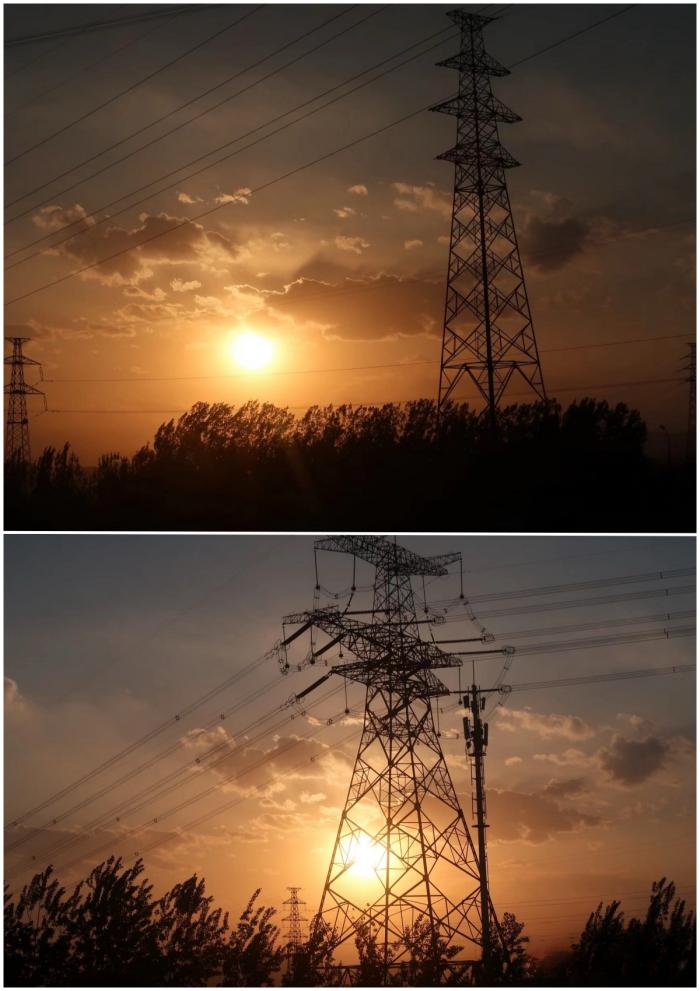- English
- Español
- Português
- русский
- Français
- 日本語
- Deutsch
- tiếng Việt
- Italiano
- Nederlands
- ภาษาไทย
- Polski
- 한국어
- Svenska
- magyar
- Malay
- বাংলা ভাষার
- Dansk
- Suomi
- हिन्दी
- Pilipino
- Türkçe
- Gaeilge
- العربية
- Indonesia
- Norsk
- تمل
- český
- ελληνικά
- український
- Javanese
- فارسی
- தமிழ்
- తెలుగు
- नेपाली
- Burmese
- български
- ລາວ
- Latine
- Қазақша
- Euskal
- Azərbaycan
- Slovenský jazyk
- Македонски
- Lietuvos
- Eesti Keel
- Română
- Slovenski
- मराठी
- Srpski језик
The safety distance of the Electric Transmission Tower
2024-10-11
The safety distance of Electric transmission Tower refers to the minimum distance that should be maintained between the towers and other objects or areas to ensure the safe operation of power facilities and the safety of personnel. Here are the safety distances for Electric transmission Tower of different voltage levels:

For voltages ranging from 1 to 10 kV, the safety distance is 1.0 meter.
For a voltage of 35 kV, the safety distance is 3.0 meters.
For voltages ranging from 66 to 110 kV, the safety distance is 4.0 meters.
For voltages ranging from 154 to 330 kV, the safety distance is 5.0 meters.
For a voltage of 500 kV, the safety distance is 8.5 meters.
Additionally, there are some specific safety regulations, such as:
Within a 10-meter radius around the foundation of power line poles and towers, and guy wires, soil excavation, pile driving, drilling, digging, or dumping of harmful chemicals are prohibited.
The area formed by extending the outer edge of the conductors of a 500 kV overhead power line horizontally by 20 meters on both sides and vertically to the ground, creating two parallel planes, constitutes a power facility protection zone.
In calm conditions, the minimum horizontal distance between the edge conductors of a 500 kV line and buildings is 5 meters; under maximum calculated wind deflection conditions, the minimum clearance distance is 8.5 meters.

These regulations aim to ensure the safe operation of power facilities and prevent potential safety hazards or damage caused by excessive proximity.



